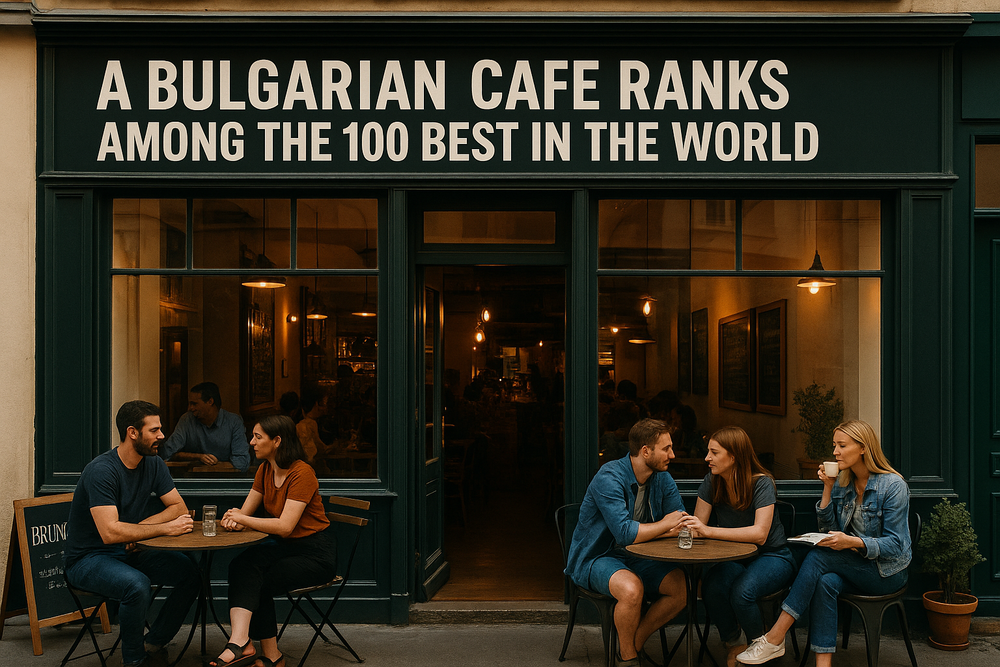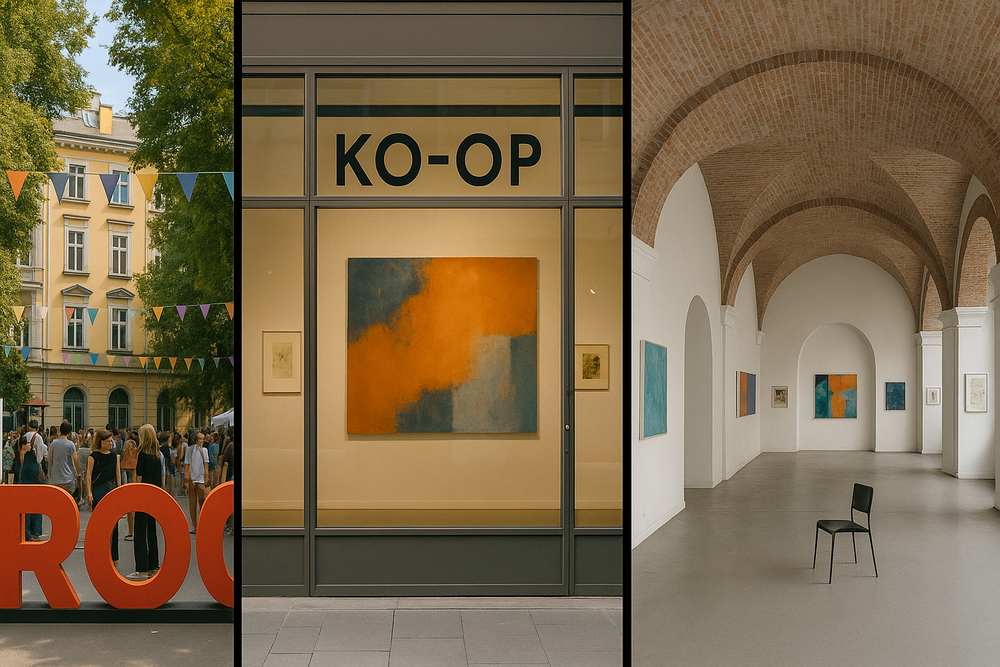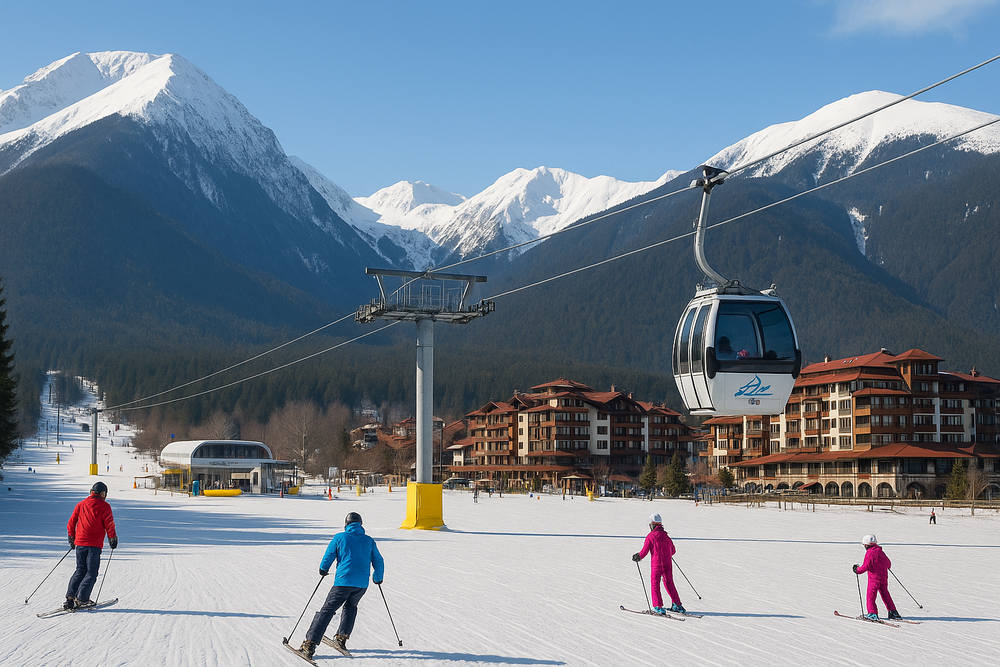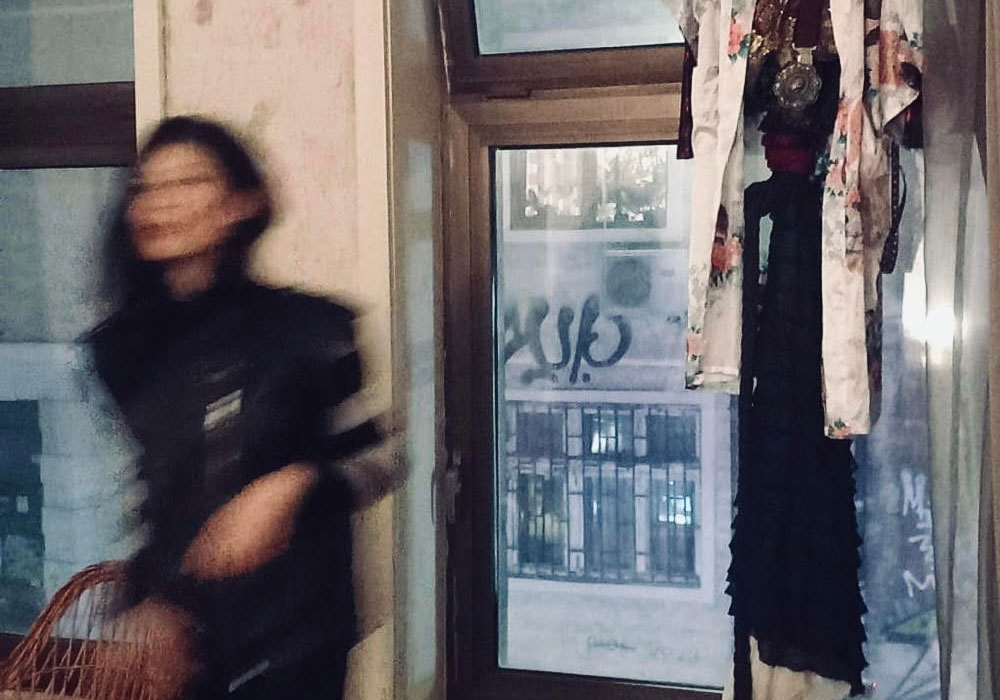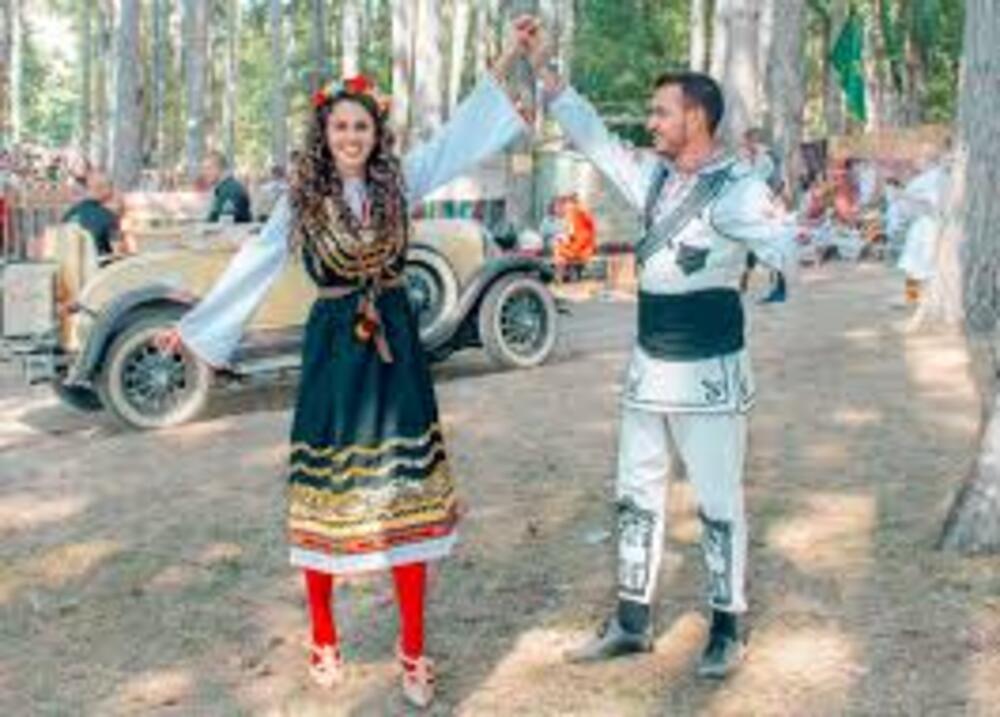
Heritage at Risk: The Fight to Save Bulgaria’s Historic Sites
Bulgaria, with its millennia-spanning history, is a treasure trove of cultural landmarks — Thracian tombs, medieval fortresses, Ottoman mosques, and Soviet-era monuments. Yet many of these sites are in danger, caught between neglect, modern development, and the slow grind of preservation efforts.
The Buzludzha Dilemma
High in the Balkan Mountains, the Buzludzha Monument — a massive, UFO-like concrete structure built in 1981 as the headquarters of Bulgaria’s Communist Party — stands abandoned. Once a symbol of political power, it’s now a decaying relic, battered by snow, wind, and vandalism. Water seeps into its structure, mosaics crumble, and safety hazards make access risky. International conservation groups, including Europa Nostra, have placed it on their “most endangered” list. Funding promises have come and gone, but disagreements over its future — whether to preserve it as history or let it fade — remain unresolved.
Ancient Treasures Under Threat
Beyond the 20th century, Bulgaria’s older heritage faces its own battles. In the coastal city of Varna, Roman-era mosaics have been threatened by nearby construction projects, raising alarms among archaeologists. In Plovdiv, one of Europe’s oldest continuously inhabited cities, pressure from real estate developers sometimes clashes with preservation rules. These conflicts often stem from a lack of coordination between local authorities and the Ministry of Culture, leaving heritage sites vulnerable.
Investors vs. Historians
The country’s booming real estate market adds urgency to the debate. Investors argue that modern development is essential for economic growth and urban renewal. Historians counter that once a heritage site is lost or damaged, it can never be replaced. In some cases, historic buildings have been partially demolished before preservation orders could be enforced — a sign of regulatory gaps and weak penalties for violations.
Grassroots Resistance and NGO Action
Against this backdrop, grassroots campaigns are gaining momentum. Local NGOs like the Buzludzha Project Foundation and the Bulgarian National Committee of ICOMOS (International Council on Monuments and Sites) are raising funds, lobbying for stronger protections, and using social media to rally public support. Citizen volunteers have organized clean-up drives, awareness events, and petitions to stop destructive developments.
Preserving the Past for the Future
Bulgaria’s cultural heritage is more than a tourist attraction — it’s a living record of civilizations that have shaped Europe’s history. The fight to protect it is a struggle against time, indifference, and competing economic interests. If successful, it will ensure that future generations can walk through ancient ruins, marvel at medieval frescoes, and learn from the bold, controversial architecture of the 20th century. If not, these stories risk being buried under concrete and forgotten.
